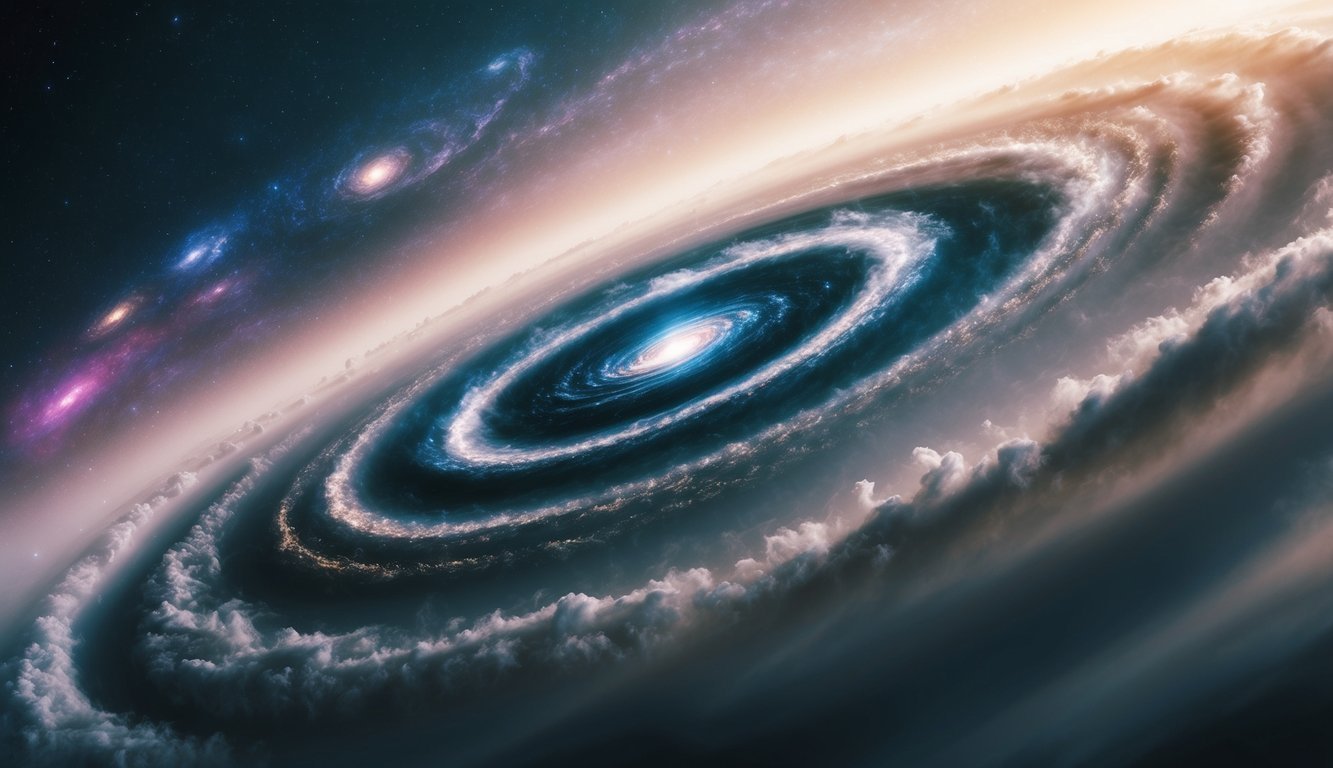
The James Webb Space Telescope has achieved a remarkable milestone in the quest to understand our universe, unveiling five galaxy candidates that date back to just 200 million years after the Big Bang. This astonishing discovery marks a new frontier in astronomy, illuminating some of the earliest galaxies ever observed.
Understanding Distant Candidates
These distant candidates, located an astonishing 13.6 billion light-years away, provide tantalizing glimpses into the cosmos’s formative years. Should further observations confirm these findings, scientists will be poised to explore foundational theories regarding galaxy formation, shedding light on the primordial conditions that allowed matter to come together in the early universe. The initial results, made available on November 26 through the preprint repository arXiv, await the validation of peer review but already stir excitement among researchers.
New Approaches to Observation
In their analysis, the team outlined that the primordial fluctuations contributing to the cosmic microwave background eventually led to the emergence of the first galaxies during what is known as the cosmic dawn, an era characterized by the birth of light in the universe. For decades, such primordial galaxies eluded detection, but the capabilities of the Webb telescope have now shifted the paradigm.
Estimates had suggested that the earliest stars merged into galaxies a few hundred million years after the Big Bang, yet determining the precise timing and rates of these processes has proven challenging. The faint light emitted by these ancient galaxies—and the universe’s expansion stretching that light into the infrared spectrum—complicates direct observation.
Unlike its predecessor, the Hubble Space Telescope, the Webb is adept at capturing infrared light, allowing it to probe earlier cosmic epochs. Still, isolating the extremely faint signals from these initial formations has required innovative approaches. To enhance their observations, the research team employed the Galactic Legacy Infrared Midplane Survey Extraordinaire project, utilizing the phenomenon of gravitational lensing. This effect, predicted by Einstein’s theory of general relativity, arises when the mass of an intermediate galaxy, in this case, Abell S1063, bends and amplifies the light from galaxies behind it, rendering them observable to modern telescopes.
Implications for Cosmological Models
By focusing the Webb’s gaze on this region of distorted space and systematically gathering the incoming light, the researchers captured the earliest hints of these ancient galaxies. If subsequent studies validate these discoveries, these galaxy candidates could be around 90 million years younger than the previously confirmed oldest galaxy, JADES-GS-z14-0, positioning them among the universe’s first galaxies.
The clustered nature of these findings suggests a promising potential for uncovering even more ancient galaxies in the same region. The rapid development of these early galaxies raises profound questions that remain unanswered. While existing cosmological models are unlikely to face drastic revisions, scientists are currently contemplating various theories. These include the surprising emergence of massive black holes, the feedback from supernovae, or the potential influence of dark energy in accelerating stellar formation within these galaxies. Such inquiries promise to deepen our understanding of the cosmos and the intricate processes that shaped it in its infancy.
“`htmlStudy Details:
- Publication Date: November 26, 2024
- Link: https://arxiv.org/pdf/2411.13640

